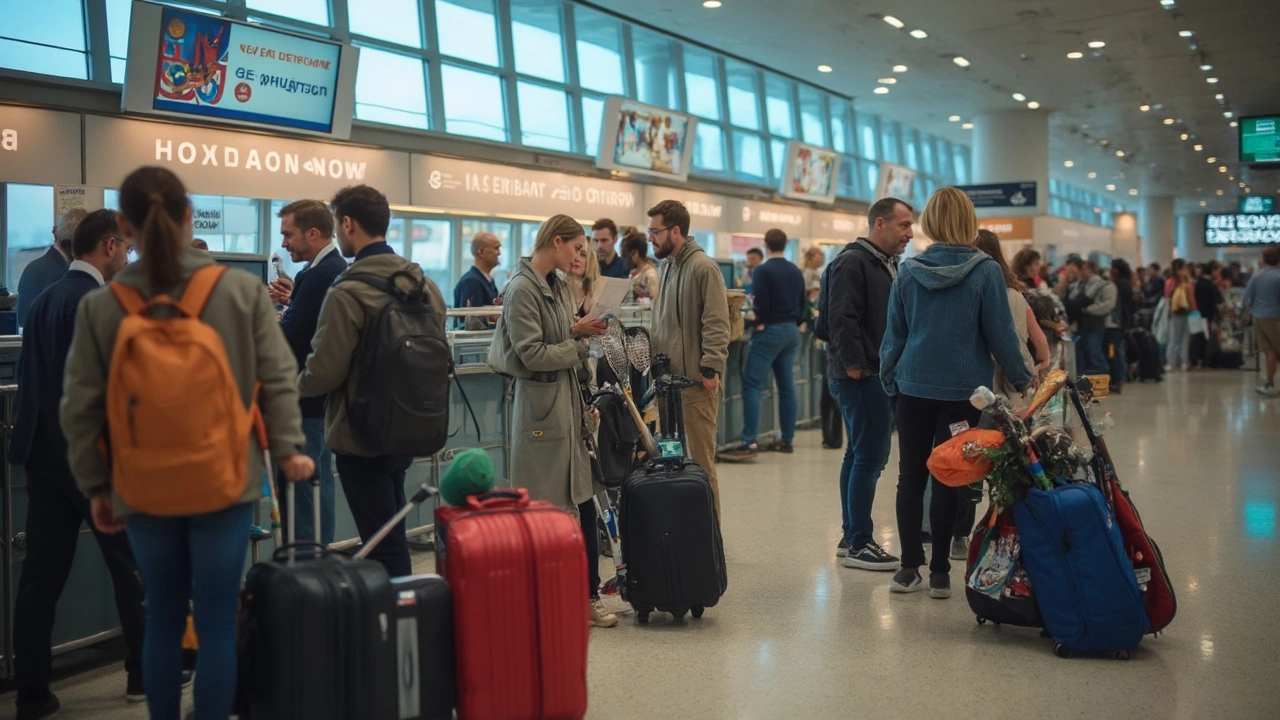
TSA Rules Every Sports Traveler Should Follow
Heading to a tournament or a weekend golf trip? The last thing you want is a security line that slows you down. Knowing the TSA basics can save you time, money, and headaches. Below you’ll find the most useful pointers for packing sports gear, getting through the checkpoint, and keeping your equipment safe.
What You Can Pack in Your Carry‑On
The TSA lets you bring most sports items in your bag, but there are limits. Small solid objects like tennis racquets, golf clubs (up to 2 kg), and yoga mats are fine as long as they fit in the bin. Sharp edges are a no‑go – think of those metal bike spokes or skate blades. If you’re unsure, place the item in a separate bin and tell the officer ahead of time.
Liquids, gels, and aerosols still follow the 3‑1‑1 rule: 100 ml containers in a single, clear, quart‑size bag. This applies to sports drinks, deodorant sticks, and any spray cleaners you might pack. Keep the bag on top of your carry‑on so the TSA can see it without rummaging through everything.
Checking Your Gear: Do’s and Don’ts
Big items like surfboards, snowboards, and football helmets usually need to be checked. Wrap them in protective padding and label them clearly. The TSA can open any checked bag, so a sturdy outer case helps prevent damage. If you have valuables – for example a custom‐made ski boot – pack them in a hard‑shell case and consider a TSA‑approved lock.
Remember to declare any equipment that could be seen as a weapon. A baseball bat, for instance, is allowed in checked luggage but not in your cabin bag. When you’re filling out the security questionnaire, just tick the box for sports gear and be ready to explain what it is.
Another tip: keep receipts or proof of ownership handy. If a bag gets lost or delayed, those documents speed up the claim process and prove the items belong to you.
Special Situations for International Travel
Going abroad adds a few extra steps. Some countries have stricter rules for items like cricket bats or lacrosse sticks. Check the destination’s customs website before you leave. Also, the TSA’s “Know Before You Go” app can show you the latest US‑to‑US rules and any temporary changes due to security alerts.
When you land, you might need to clear a second security check before entering the stadium or venue. Having a clear, organized bag makes that second line faster. Pack a small “sports kit” with a water bottle, snack, and a change of socks in a separate zip‑file – it will be easy to pull out when you need it.
Finally, stay calm and polite. TSA agents deal with thousands of bags daily; a friendly attitude often leads to a smoother experience.
Follow these guidelines and you’ll spend more time training and less time waiting in line. Safe travels and enjoy the game!
